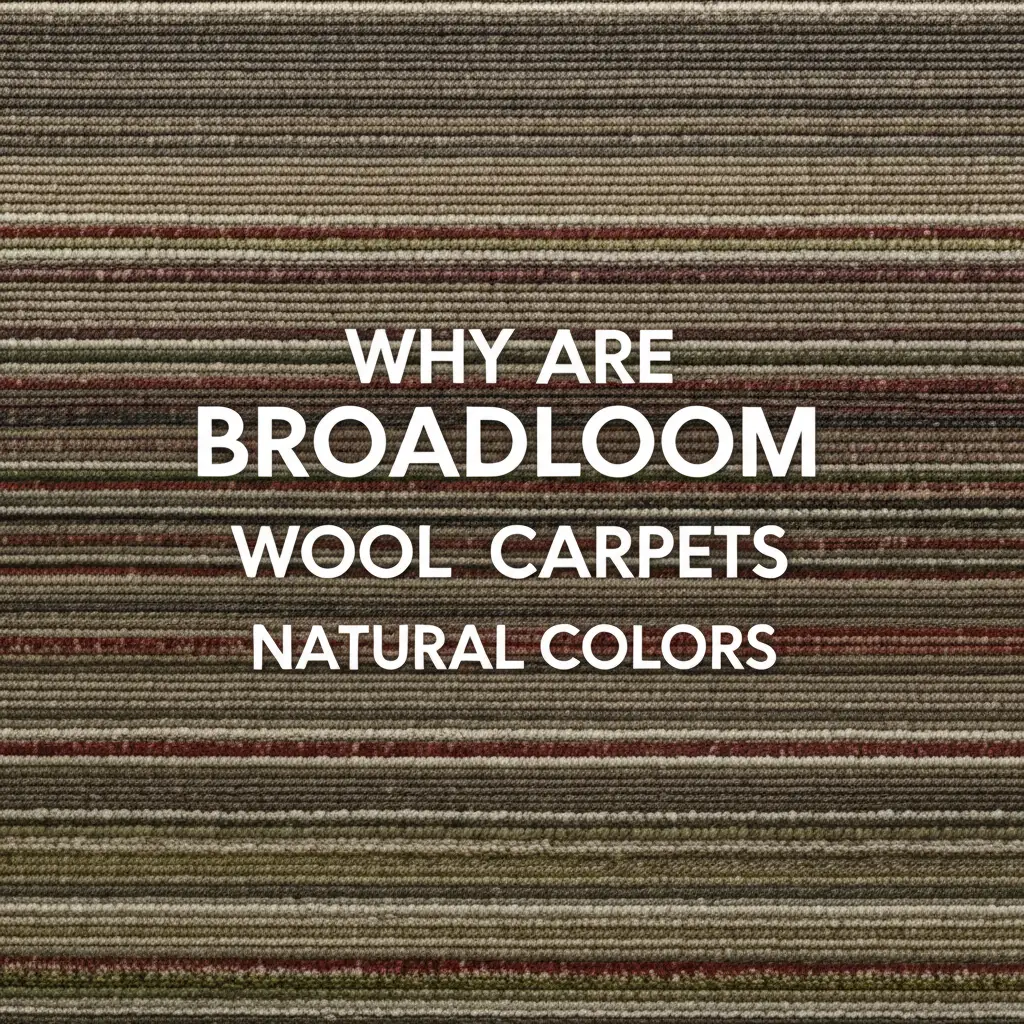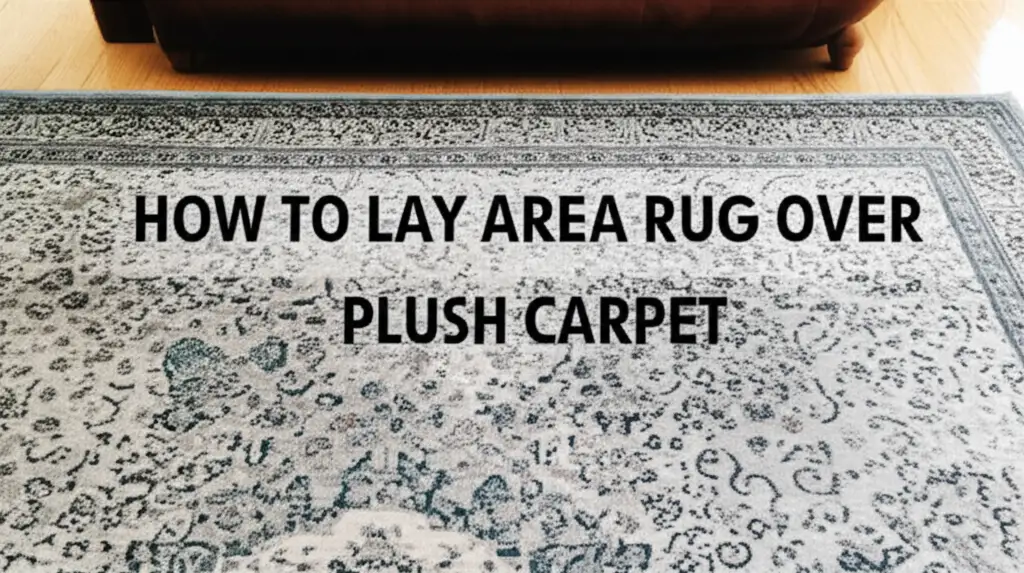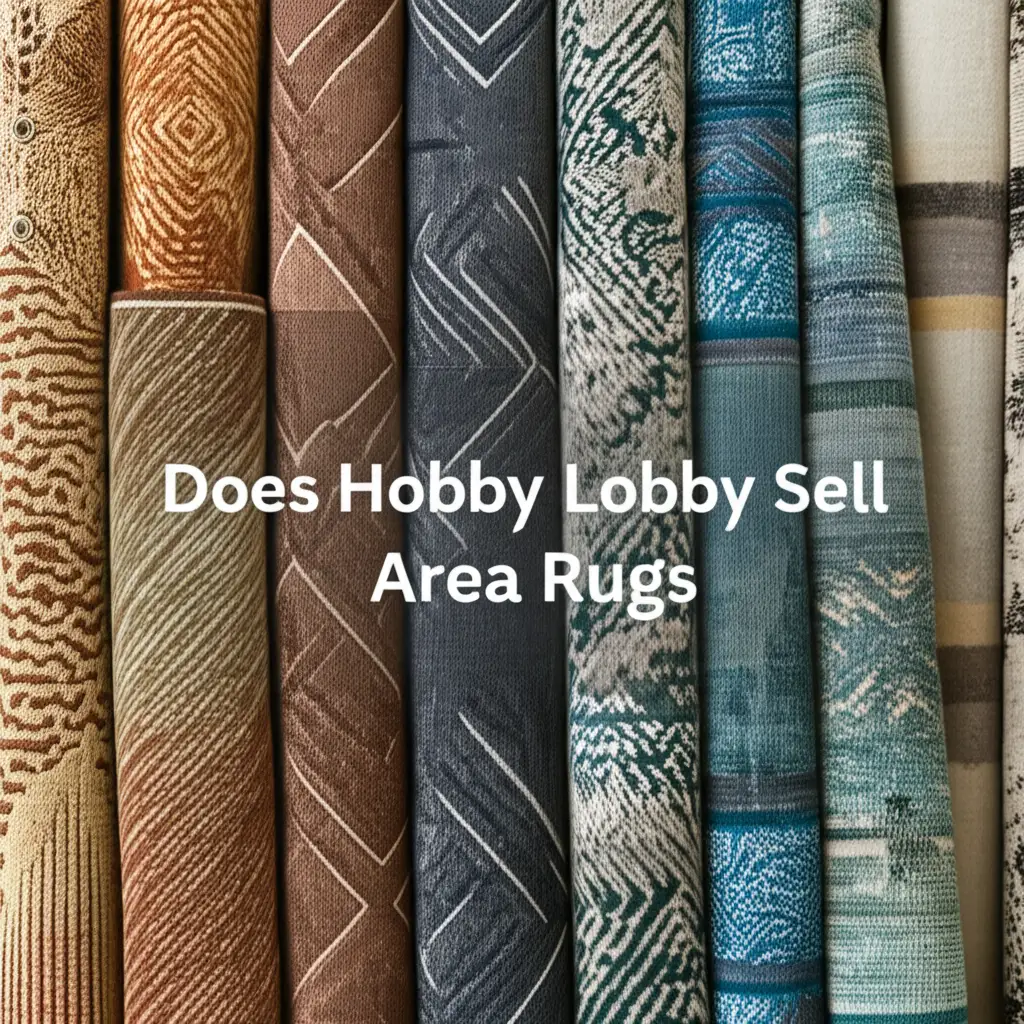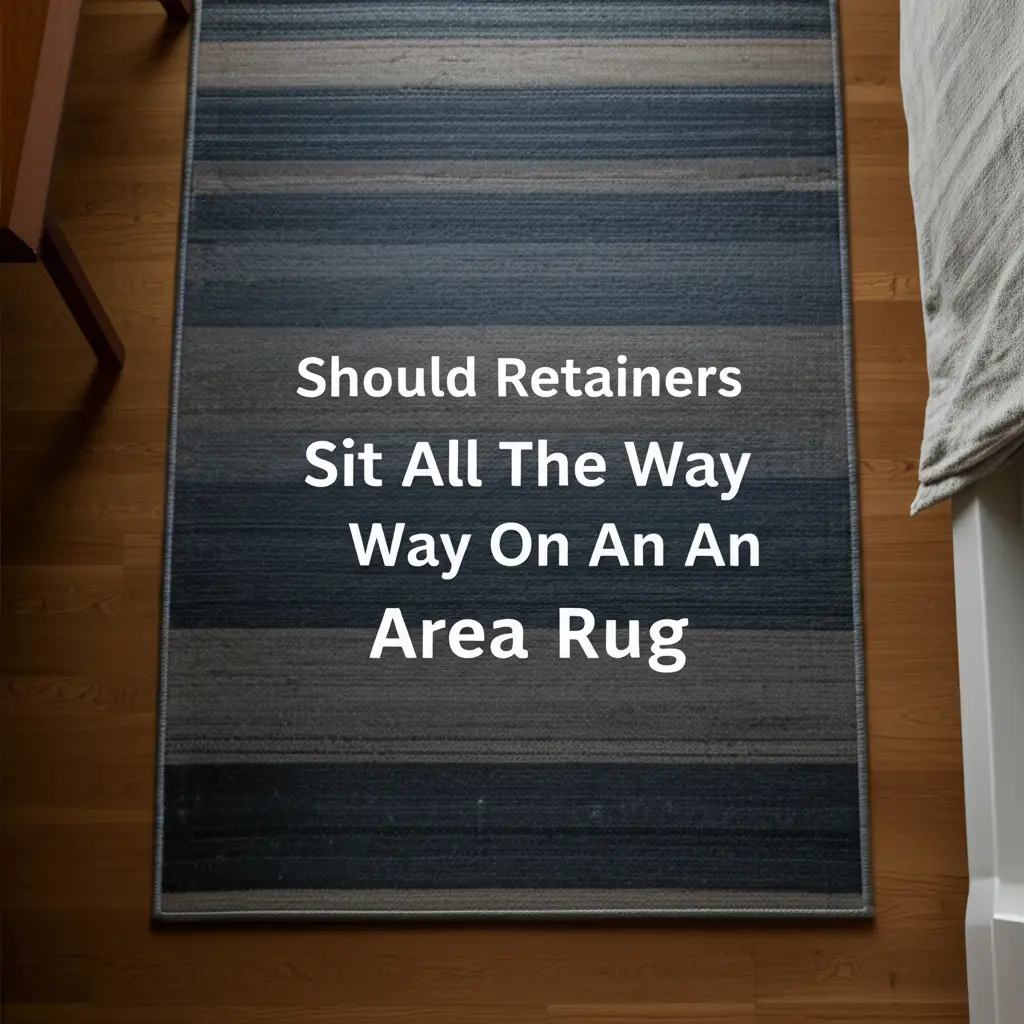· Elira Thomsen · Home Decor · 10 min read
Why Are Broadloom Wool Carpets Natural Colors

Embracing Natural Colors in Broadloom Wool Carpets
Have you ever wondered why many broadloom wool carpets come in earthy, muted tones? It is not by accident. Broadloom wool carpets often showcase natural colors for many important reasons. These reasons go beyond simple aesthetics. They speak to sustainability, health, and the inherent properties of wool itself. We will explore why these beautiful carpets retain their undyed charm. We will also discover the many benefits these natural hues offer for your home.
Takeaway
- Broadloom wool carpets naturally show colors from sheep’s fleece.
- Wool’s inherent properties provide strength and fade resistance.
- Undyed wool carpets offer significant eco-friendly advantages.
- They support healthy indoor air quality due to no synthetic dyes.
- Natural colors provide timeless design versatility.
- These carpets maintain their beauty with simple care.
Broadloom wool carpets often feature natural colors because wool fiber inherently offers a range of beautiful, earthy tones directly from sheep’s fleece. This choice reduces environmental impact, avoids synthetic dyes, and supports the fiber’s natural durability and purity, creating a healthy indoor environment.
The Intrinsic Beauty of Wool Fibers
Wool is a truly amazing natural fiber. It comes from sheep. Different sheep breeds produce various wool colors. These colors range from creamy whites to deep browns and grays. Some wool also has shades of black. These natural variations make each carpet unique.
Wool fibers are naturally textured. They absorb light in a soft way. This creates a gentle, inviting look in any room. When wool is undyed, it keeps its natural luster. This pure state highlights the fiber’s true beauty. You can see the subtle differences in each strand. This creates a rich, organic feel.
Using undyed wool means less processing. The wool maintains its strength. It also keeps its natural resilience. This natural quality contributes to the carpet’s long life. We enjoy the simple beauty that nature provides. It adds a peaceful element to our living spaces.
The Eco-Friendly Advantage of Undyed Wool
Choosing broadloom wool carpets in natural colors has big environmental benefits. When wool remains undyed, manufacturers skip the dyeing process. Dyeing needs large amounts of water. It also uses energy. Dyes can also contain chemicals. Some dyes may be harmful. Avoiding these steps reduces water use. It also cuts energy consumption. This lowers the carbon footprint of the carpet.
Undyed wool carpets do not release synthetic dye chemicals into your home. This helps keep indoor air clean. Many synthetic dyes contain volatile organic compounds, or VOCs. VOCs can cause health issues. They can affect air quality. Natural wool carpets are a pure product. They create a healthier living space for your family.
This eco-conscious choice supports sustainable practices. It promotes a healthier planet. It shows a commitment to natural materials. For those who want a green home, undyed wool is an excellent option. It aligns with natural living principles. You can learn more about how carpets affect your home’s air by reading if washing your carpets can get rid of toxins.
Durability and Longevity of Natural Wool Carpets
Natural colored wool carpets are known for their strength. Wool fibers have a natural crimp. This crimp makes the fibers spring back into shape. It helps the carpet resist crushing. This means your carpet will look good for a long time. It can handle heavy foot traffic.
Undyed wool retains its natural oils. These oils give wool excellent stain resistance. They also help repel dirt. This makes natural wool carpets easy to maintain. Dirt tends to sit on the surface. You can vacuum it away easily. Natural colors also hide dirt better than very light or very dark dyed carpets.
Furthermore, natural wool colors do not fade. Synthetic dyes can lose their vibrancy over time. Exposure to sunlight makes dyed carpets fade. Undyed wool keeps its original shade. Its color is part of the fiber itself. This means your carpet will maintain its beauty. It will look good for many years to come. This makes it a smart, long-term investment for any home.
Health and Indoor Air Quality Benefits
Opting for broadloom wool carpets with natural colors brings significant health advantages. Synthetic dyes often contain chemicals. These chemicals can release VOCs into the air. VOCs are invisible gases. They can irritate eyes, nose, and throat. They can also cause headaches. Choosing undyed wool means no such chemicals are present. This helps maintain clean indoor air.
Wool is also naturally hypoallergenic. It does not contain harsh chemicals or artificial additives. This makes it a good choice for people with allergies or asthma. Wool fibers trap dust and allergens. They hold these particles until you vacuum them away. This prevents them from circulating in the air.
Pure wool carpets create a healthier home environment. They contribute to better air quality. They offer peace of mind. You know your flooring choice supports your family’s well-being. This focus on natural purity makes a real difference. It is a choice for a safer, healthier home.
Aesthetic Versatility and Timeless Appeal
Broadloom wool carpets in natural colors offer great design flexibility. Their neutral tones fit with any decor style. Whites, creams, grays, and browns are classic. They provide a calm foundation for any room. You can easily pair them with bright furniture. They also work well with muted palettes. This makes decorating simple.
Natural colors create a feeling of warmth and comfort. They bring the outdoors inside. This connection to nature makes spaces feel more inviting. These colors do not go out of style. Trends come and go, but natural tones remain popular. They offer a timeless look that lasts for decades.
This versatility means you do not have to redecorate often. Your carpet will adapt to changes in your style. It provides a lasting beauty that feels good. Natural wool carpets add elegance. They create a sophisticated atmosphere in any home.
The Wool Harvesting and Processing Journey
The journey of wool from sheep to carpet is interesting. It begins with shearing. Sheep are shorn once or twice a year. This process does not harm the sheep. The shorn wool, called a fleece, then undergoes cleaning. This cleaning removes dirt, grease, and other impurities. It is a gentle washing process.
After washing, the wool is often sorted. It is separated by color and quality. For natural colored carpets, wool of similar natural hues is grouped together. This ensures a consistent look. The clean wool then goes through carding. Carding is a process that separates and aligns the fibers. It prepares them for spinning.
Finally, the spun wool yarn is ready. It is woven into broadloom carpet. Because no dyeing occurs, the processing steps are fewer. This less intensive production keeps the wool pure. It retains its inherent properties. It also preserves its beautiful, natural colors. This simple journey helps deliver an authentic product to your home.
Maintenance and Care for Natural Wool Carpets
Taking care of broadloom wool carpets with natural colors is straightforward. Their inherent qualities make them easy to maintain. Regular vacuuming is key. It removes dirt and dust before they settle deep into the fibers. This keeps your carpet looking fresh. I try to vacuum my wool carpets at least twice a week.
Wool’s natural oils help resist stains. If a spill happens, act quickly. Blot the spill with a clean cloth. Do not rub, as rubbing can spread the stain. For most spills, a simple mix of water and mild detergent works well. Test any cleaning solution in a hidden spot first. This checks for colorfastness. You can find detailed steps on how to clean an area wool rug or even how to clean a rug by hand.
Natural colors are very forgiving. They do not show small spots or daily wear as much as solid, bright colors. This means less stress about minor imperfections. With proper care, your natural wool carpet will stay beautiful. It will serve you well for many years. Regular maintenance keeps it looking its best. If you face tough stains, like pet accidents, learn how to clean carpet stains from pets. Also, check out what is a good cleaner to shampoo carpets for deeper cleaning methods. It is also good to know how to get rid of moths in wool rugs to protect your investment.
FAQ Section
Do all wool carpets have natural colors?
No, not all wool carpets feature natural colors. Many wool carpets are dyed using synthetic or natural dyes to achieve a wide spectrum of shades, from vibrant hues to subtle pastels. However, a significant portion of broadloom wool carpets are specifically made from undyed wool to highlight its inherent beauty and environmental benefits.
Are natural colored wool carpets more expensive?
The price of natural colored wool carpets varies. Sometimes they are less expensive because they skip the dyeing process, which saves on chemicals, water, and energy. Other factors like wool quality, carpet construction, and brand also affect the cost. Often, their long lifespan and health benefits make them a valuable investment.
How do natural wool carpets get different shades?
Natural wool carpets get their different shades from the variety of sheep breeds. Each breed produces wool with unique natural colors, ranging from off-white to various browns, grays, and blacks. These different colored wools are blended or used separately to create the diverse range of natural tones seen in carpets.
Can natural wool carpets stain easily?
Natural wool carpets have good resistance to stains. Wool fibers naturally contain lanolin, a wax that helps repel liquids and dirt. This makes spills easier to blot up before they soak in. While no carpet is completely stain-proof, wool’s natural properties make it durable and relatively easy to clean, especially with quick action.
Are natural wool carpets sustainable?
Yes, natural wool carpets are very sustainable. Wool is a renewable resource, as sheep grow new fleece every year. Undyed wool carpets reduce environmental impact by avoiding the chemical and water use associated with synthetic dyeing processes. They are also biodegradable, meaning they break down naturally at the end of their life cycle.
Do natural wool carpets shed a lot?
All wool carpets, including those with natural colors, can shed loose fibers, especially when new. This is normal and reduces over time with regular vacuuming. The shedding is due to the natural loose fibers that remain after the manufacturing process. Consistent vacuuming helps remove these loose fibers and maintain the carpet’s appearance.
Conclusion
Broadloom wool carpets hold a special place in home design. Their natural colors are a key part of their appeal. We explored how these colors come from the sheep themselves. We learned about the pure beauty of undyed wool. We also saw the many benefits it brings. These include environmental sustainability and improved indoor air quality. Natural wool carpets are durable and long-lasting. They offer timeless style that fits any home. Their easy maintenance makes them a practical choice.
Choosing a broadloom wool carpet with natural colors means choosing beauty and health. It is a choice for a cleaner environment. It is a choice for a home that feels warm and inviting. I encourage you to consider these amazing qualities for your next flooring project. Embrace the simple elegance that nature provides. Your home and the planet will thank you.
- wool carpets
- natural colors
- broadloom carpets
- undyed wool
- eco-friendly flooring
- sustainable carpets
- healthy home
- carpet benefits





